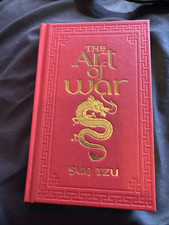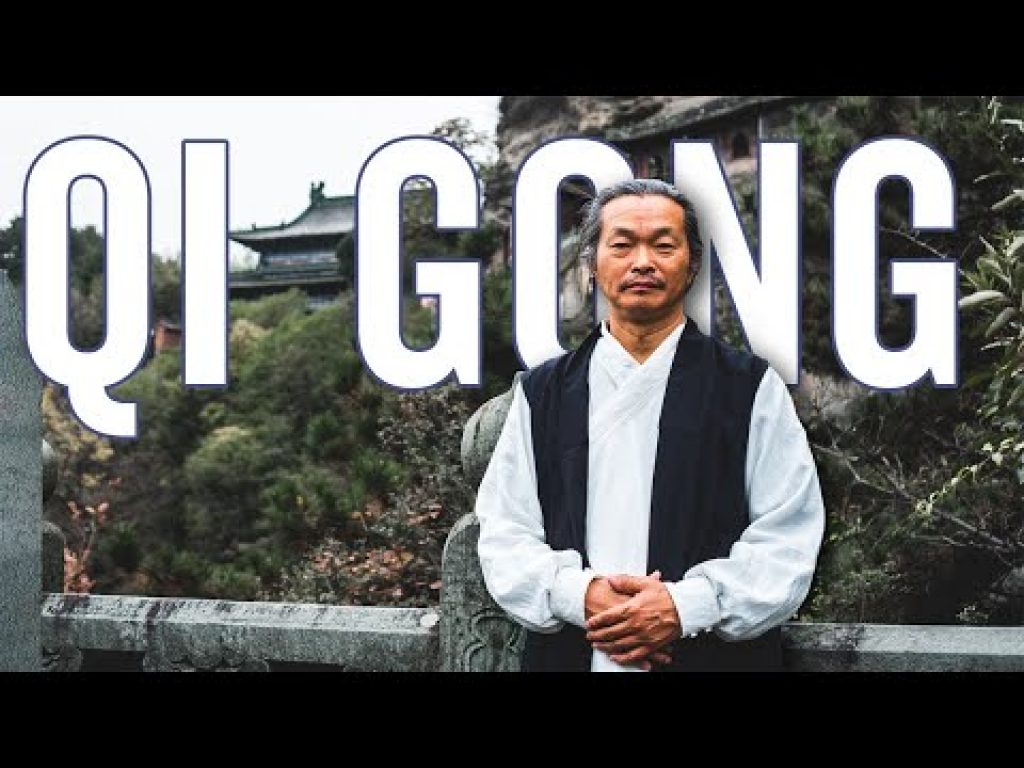Sun Tzu | The Art of War

The Art of War by Sun Tzu is an ancient Chinese military text composed of thirteen chapters, that are devoted to the strategic and tactical aspects of warfare.
The Art of War provides extensive guidance on proper conduct during times of battle, with a primary focus on achieving victory. It delves into the characteristics of a powerful army, as well as the most effective tactics for engaging the enemy on difficult terrain. Furthermore, it outlines the strategic use of spies for gathering intelligence and disseminating misinformation.
Aside from specific tips on combat, the Art of War has a profound philosophical side to it. Sun Tzu argues that war shouldn’t be taken lightly, that the highest form of warfare is defeating the enemy without fighting, and that being ‘still’ and ‘inscrutable’ is the business of a general. He emphasizes the use of intelligence over brute force and teaches us how to win battles the smart way.
The beauty of the Art of War is that its wisdom can be applied to our modern lives as well; even in times of peace, when we don’t have to deal with bloodshed, but rather with work, sports, and daily conflicts in general.
“The Art of War” is still a relevant and significant text, and suggests that there are still lessons to be learned from it for modern leaders and strategists.
Sun Tzu and his book “The Art of War” continue to inspire leaders and strategists worldwide, even to this day. Sun Tzu, who lived in China during the Warring States period (5th century BCE), wrote “The Art of War” as a guide for military strategy and tactics. However, it has become one of the most influential books on leadership, strategy, and competitive situations of all kinds.
The book is divided into 13 chapters, each dealing with different aspects of warfare, including planning, defense, and attack. However, many of the strategies and principles found in “The Art of War” can be applied to various non-military situations. For example, Sun Tzu emphasizes the importance of knowing oneself and one’s opponent, making strategic decisions based on strengths and weaknesses, and adapting to changing circumstances.
One of the most famous passages from the book states, “All warfare is based on deception.” Sun Tzu emphasizes the importance of trickery and guile in warfare, such as feigning weakness to lure an opponent into a trap. The same principle can be applied to business, where companies may use marketing and advertising tactics to mislead or outmaneuver their competition.
Another key principle of “The Art of War” is the idea of “winning without fighting.” Sun Tzu argues that the ultimate objective of any conflict is not to destroy the enemy but to achieve one’s objectives with minimum losses. He suggests that a successful strategist should seek to achieve their goals through diplomacy and negotiation rather than brute force.
One of the most impressive aspects of “The Art of War” is its timelessness. Despite being written over 2,000 years ago, the principles outlined in the book have proven to be relevant and applicable in almost any competitive situation. The book has been studied by military leaders, politicians, and business executives for centuries and continues to be required reading in many universities and business schools.
In conclusion, Sun Tzu’s “The Art of War” is a timeless classic that continues to offer valuable insights into strategy, leadership, and competitive situations of all kinds. While its original purpose was for military warfare, its universal principles can be applied to various non-violent situations, including business, politics, and interpersonal relationships. Sun Tzu’s work is a testament to the power of knowledge and the enduring influence of great thinkers.










How to Cook Healthy Food! 10 Breakfast Ideas, Lunch Ideas & Snacks for School, Work!
MY BABY WEIGHT LOSS JOURNEY
How to be Completely Carefree
Russell Brand On Anxiety
LIFE CHANGING Quotes From Epictetus